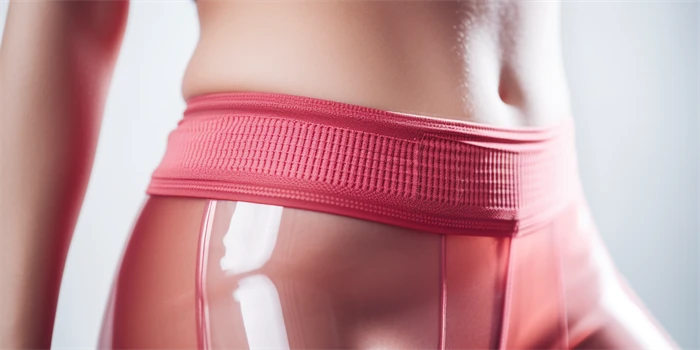Understanding Side Effects of Belly Button Surgery in Lae
Belly button surgery, also known as umbilicoplasty, is a cosmetic procedure aimed at enhancing the appearance of the navel. This surgery can address issues such as an unattractive belly button shape, size, or position. While the procedure is generally safe, it is crucial for patients to be aware of potential side effects. In Lae, as with any other location, understanding these side effects is essential for making informed decisions about undergoing the surgery.

Common Side Effects
Like any surgical procedure, umbilicoplasty carries a risk of common side effects. These can include swelling, bruising, and discomfort around the navel area. Patients may also experience temporary numbness in the abdominal region. These side effects are typically short-term and resolve within a few weeks as the body heals. Pain management strategies, including over-the-counter pain relievers, can help alleviate discomfort during the recovery period.
Infection Risk
One of the more serious potential side effects of belly button surgery is the risk of infection. Although modern surgical techniques and post-operative care have significantly reduced this risk, it remains a concern. Signs of infection can include increased redness, swelling, pus discharge, or fever. If any of these symptoms occur, it is vital for patients to contact their healthcare provider immediately for appropriate treatment, which may include antibiotics.
Scarring
Scarring is another potential side effect of umbilicoplasty. While the goal of the surgery is to improve the appearance of the navel, improper healing or individual factors can lead to noticeable scars. Techniques such as careful incision placement and the use of absorbable sutures can minimize scarring. However, patients with a history of keloid or hypertrophic scarring may be at a higher risk. Post-operative care, including proper wound cleaning and the use of scar reduction creams, can also play a role in minimizing scar visibility.
Changes in Sensation
Another aspect to consider is the possibility of changes in sensation around the navel area. Some patients may experience a temporary or permanent alteration in sensation, ranging from numbness to heightened sensitivity. This change is due to the surgical manipulation of the nerves in the area. While most changes in sensation are temporary and resolve as the nerves heal, in rare cases, permanent changes can occur. Understanding this potential outcome is important for setting realistic expectations post-surgery.
Recovery Period
The recovery period following belly button surgery can vary from person to person. Generally, patients can expect to return to normal activities within a week or two. However, more strenuous activities should be avoided for at least a month to prevent complications such as increased swelling or the risk of infection. Following the surgeon's post-operative instructions carefully is crucial for a smooth and successful recovery.
FAQ
Q: How long does it take to recover from belly button surgery?
A: Most patients can return to normal activities within a week or two, but strenuous activities should be avoided for about a month.
Q: Can belly button surgery be combined with other procedures?
A: Yes, umbilicoplasty can often be combined with other abdominal cosmetic procedures such as liposuction or a tummy tuck to achieve comprehensive results.
Q: Is belly button surgery painful?
A: Patients typically experience some discomfort, swelling, and bruising post-surgery, which can be managed with pain relievers as prescribed by the healthcare provider.
Q: How can I minimize the risk of complications after surgery?
A: Following all post-operative care instructions, attending follow-up appointments, and promptly reporting any signs of infection or unusual symptoms can help minimize the risk of complications.
Understanding the potential side effects of belly button surgery in Lae is crucial for patients considering this procedure. By being informed and prepared, patients can better navigate the recovery process and achieve the desired cosmetic outcomes.




